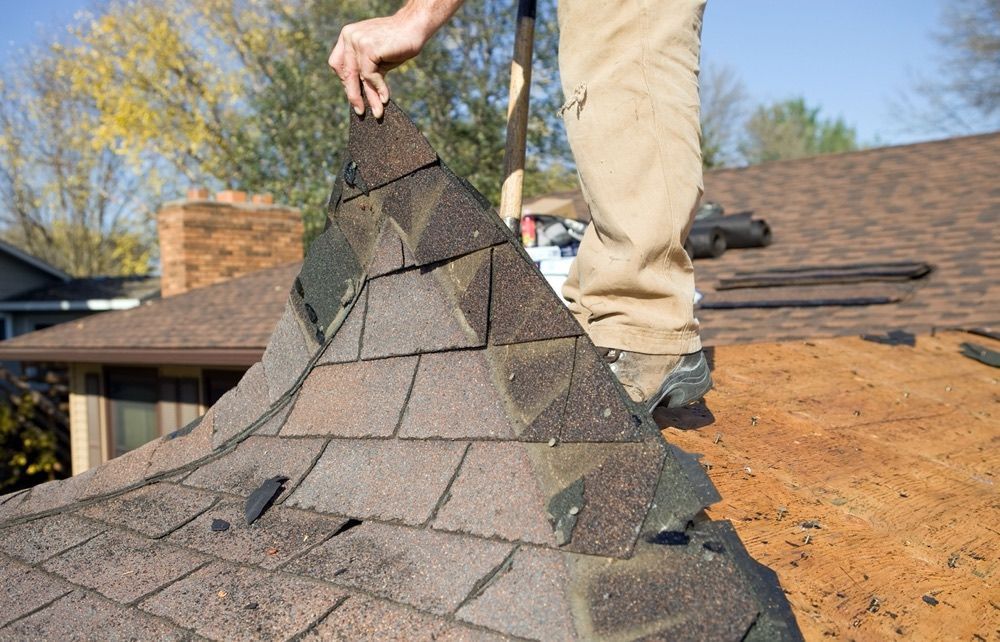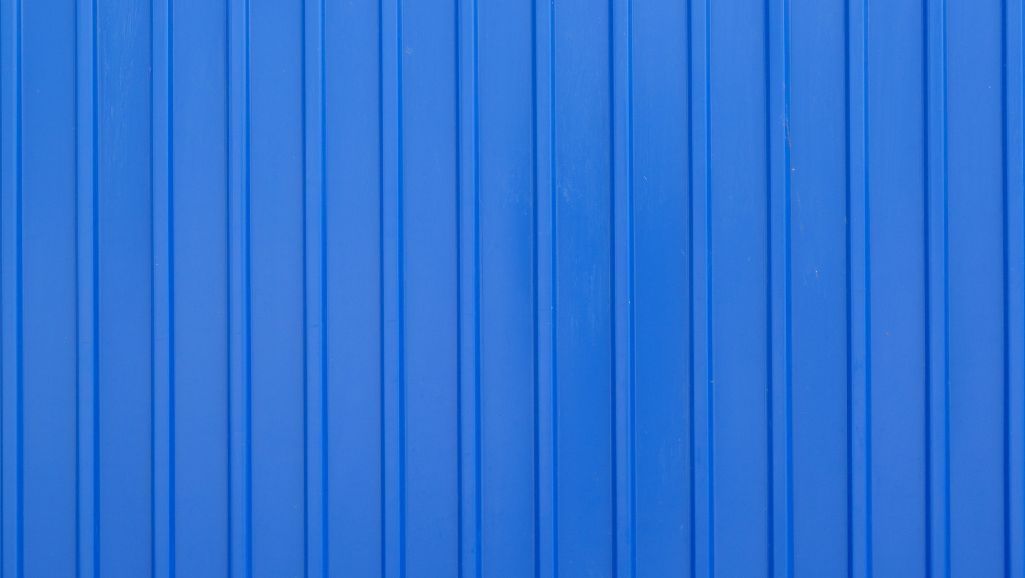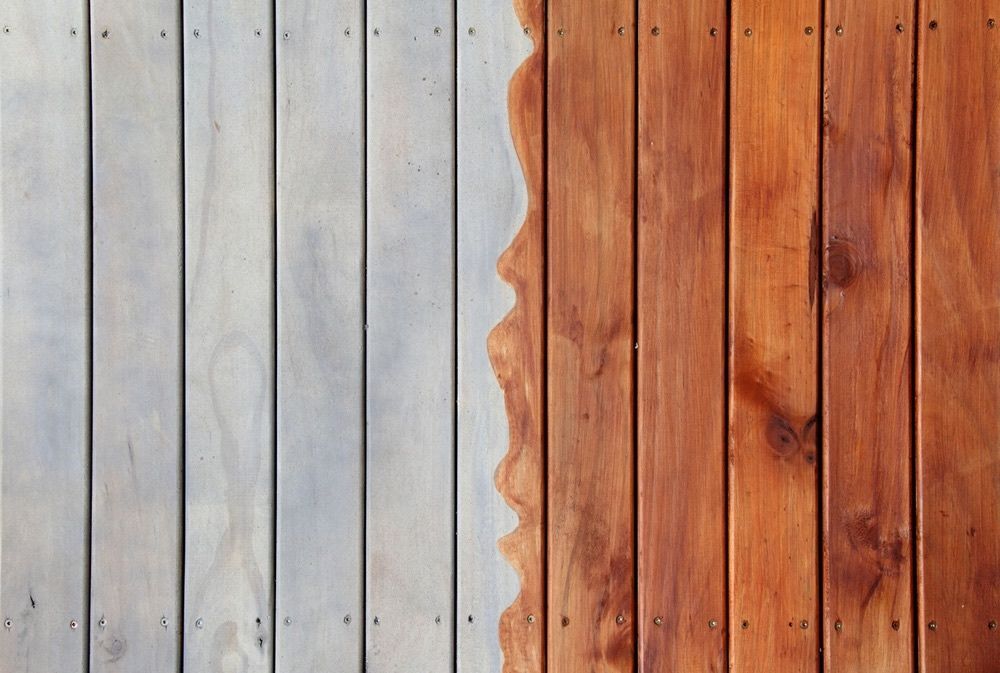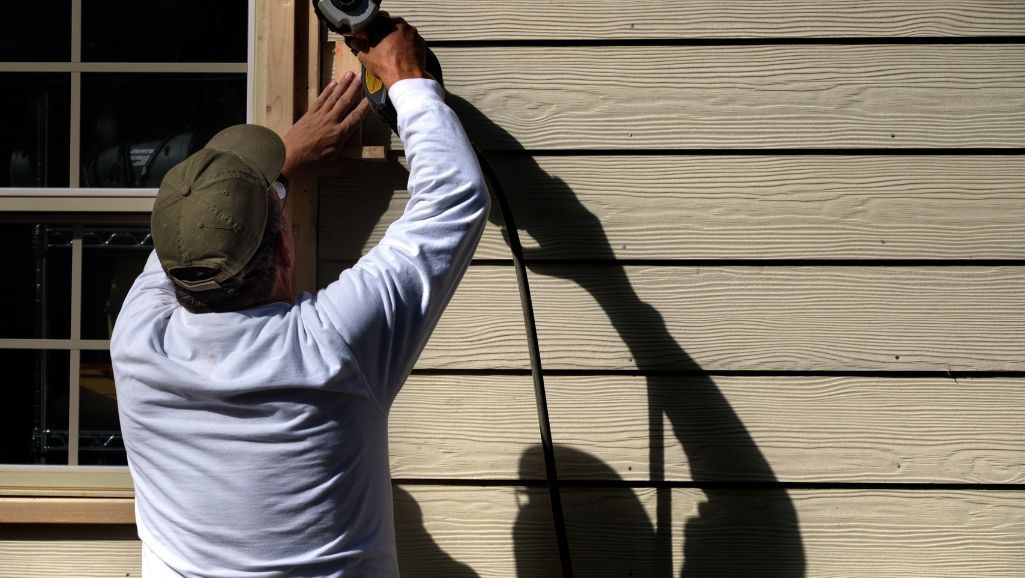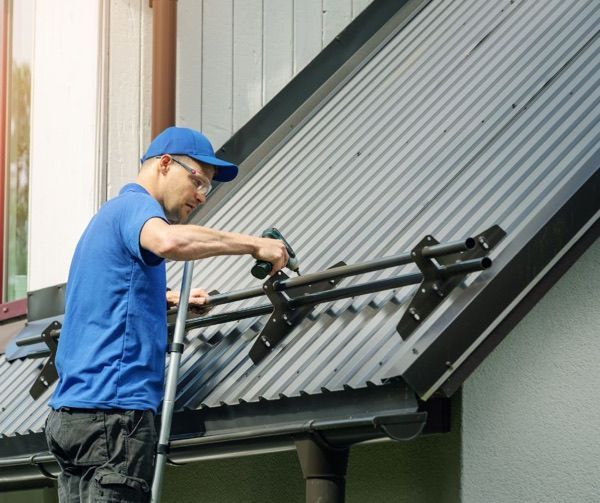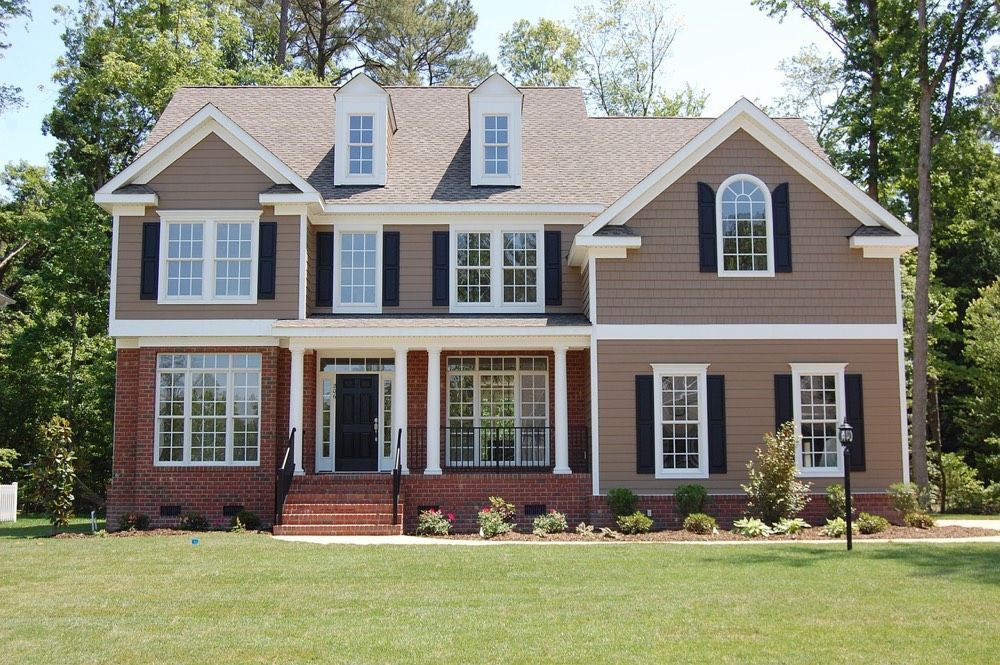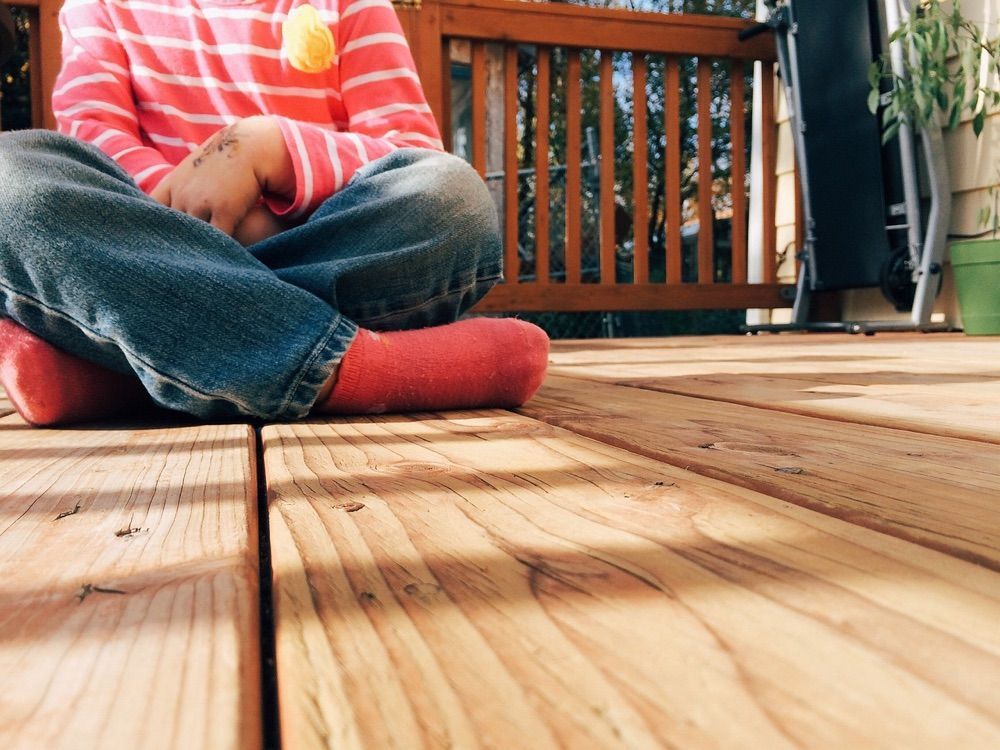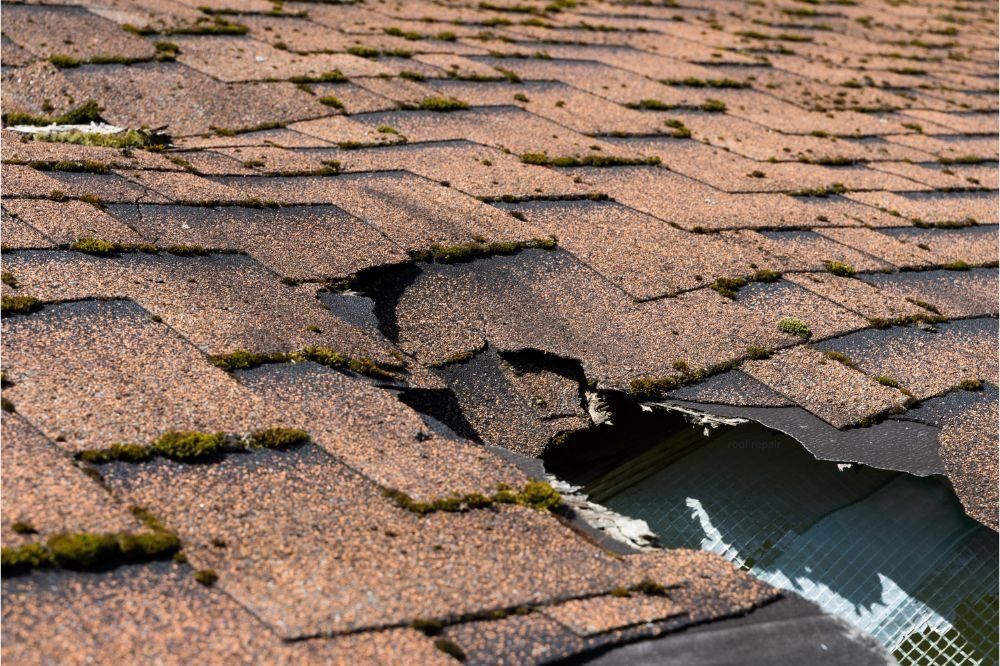Types of Decking Materials
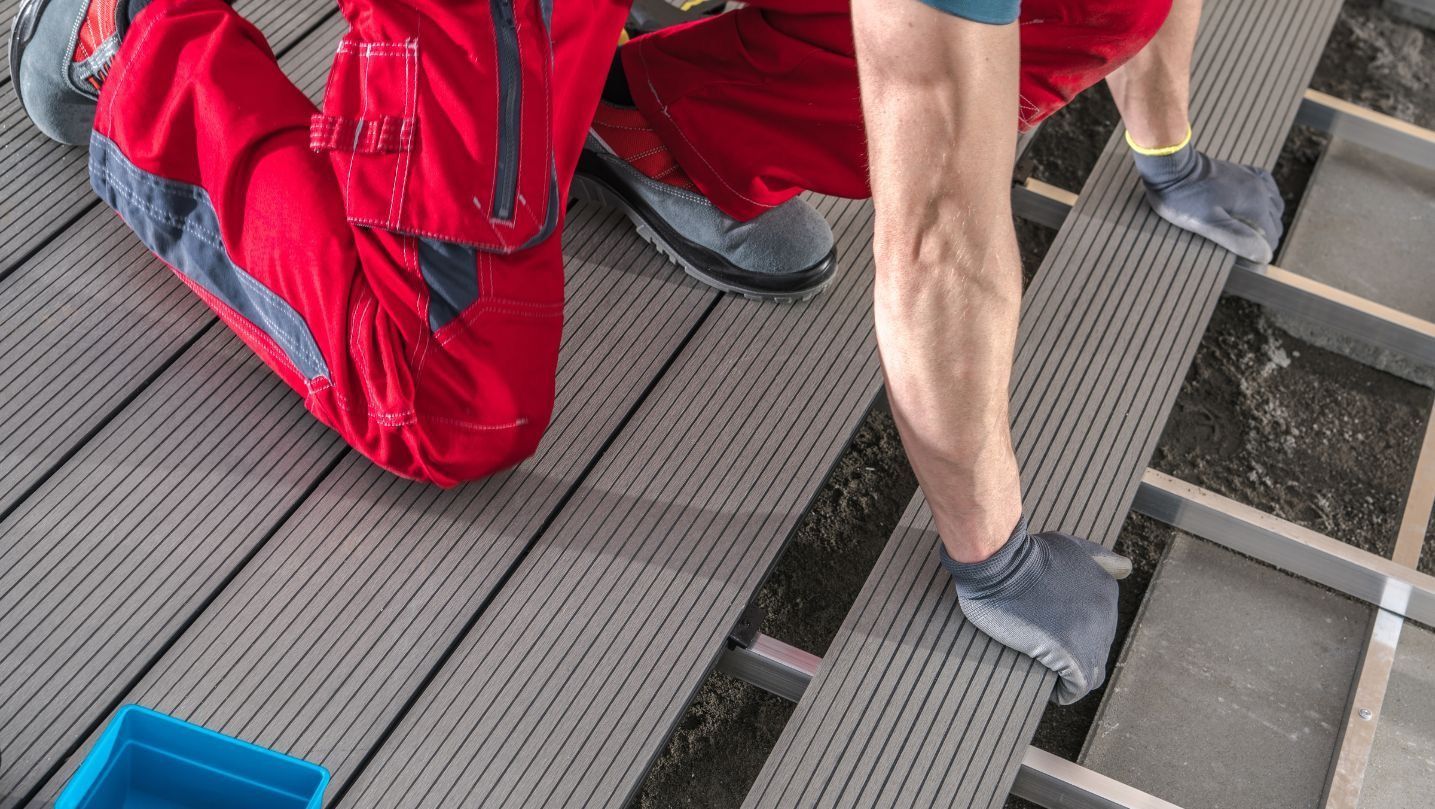
Choosing a suitable decking material helps create a functional and visually appealing outdoor space. Various options when building a deck include pressure-treated wood, composite decking, cedar and redwood, and PVC decking. Each material offers its own set of advantages and drawbacks. In this article, we'll explore the key characteristics of each type, helping you make an informed decision that suits your preferences, budget, and maintenance expectations.
Pressure Treated Wood: Affordable and Common
Pressure-treated wood is lumber infused with chemical preservatives to protect it from rot, decay, and insect damage. This treatment involves placing the wood in a pressure chamber, where preservatives are forced deep into the wood fibers.
Advantages:
- Cost-Effective: One of the most affordable decking materials.
- Durable: Offers good resistance to environmental factors, making it suitable for outdoor use.
- Widely Available: Easily accessible in most lumber yards and home improvement stores.
Disadvantages:
- Maintenance: Requires regular sealing and staining to maintain its appearance and structural integrity.
- Aesthetics: It may not be as visually appealing as natural or composite options, and it can warp, crack, or splinter over time.
- Chemical Treatment: Contains chemicals that some people prefer to avoid for environmental or health reasons.
Composite Decking: Low Maintenance and Durable
Composite decking is a modern alternative to traditional wood decking. It is made from a blend of wood fibers and plastic. This combination results in a durable, low-maintenance material that imitates the look of natural wood without many of its drawbacks.
Advantages:
- Low Maintenance: It requires minimal upkeep—no regular staining, sealing, or painting. Simply clean with soap and water.
- Durable: It is highly resistant to fading, staining, scratching, and mold, making it ideal for outdoor environments.
- Versatile Design: It is available in various colors, textures, and finishes, allowing customization to match your aesthetic.
Disadvantages:
- Cost: Higher upfront costs compared to traditional wood options.
- Heat Retention: It can become quite hot in direct sunlight, which may be uncomfortable for bare feet.
- Appearance: While many high-quality products mimic wood well, some may find the look and feel less natural compared to real wood.
Cedar & Redwood: Natural and Resistant to Decay
Because of their natural beauty, durability, and resistance to decay, cedar and redwood are popular choices for decking. Both types of wood are known for their rich colors and pleasant aromas, making them attractive options for outdoor living spaces.
Advantages of Both:
- Aesthetic Appeal: Beautiful, natural appearance that can enhance any outdoor space.
- Eco-Friendly: Renewable resource, mainly if sourced from sustainably managed forests.
- Low Maintenance: Requires less maintenance than untreated softwoods but still benefit from periodic sealing.
Disadvantages of Both:
- Cost: More expensive than pressure-treated wood due to their natural properties and limited availability.
- Maintenance: Although they are more resistant to decay, they still require periodic sealing and staining to maintain their appearance and longevity.
- Availability: They can be less readily available in some regions, affecting cost and convenience.
PVC Decking: Weather-Resistant and Long-Lasting
PVC is a synthetic decking material made entirely from polyvinyl chloride. It offers superior durability and requires minimal maintenance, making it an attractive option for outdoor spaces.
Advantages:
- Low Maintenance: Requires no staining, sealing, or painting—just occasional cleaning with soap and water.
- Durable: Extremely resistant to moisture, insects, and rot, ensuring a long lifespan even in harsh weather conditions.
- Fade and Stain Resistant: Maintains its color and appearance over time without fading or staining.
- Lightweight: Handling and installing easier than other decking materials.
Disadvantages:
- Higher Cost: Generally more expensive than treated wood and composite options.
- Heat Retention: Can become very hot under direct sunlight, which might be uncomfortable for bare feet.
- Less Natural Look: While some high-quality PVC decking mimics wood grain, it may still lack real wood's natural feel and appearance.
Enjoy the Benefits of New Decking for Your Home
Decking is a home improvement that offers numerous benefits, so it’s worth the investment. Click or call 610-858-1184 to discuss your next deck building project!
